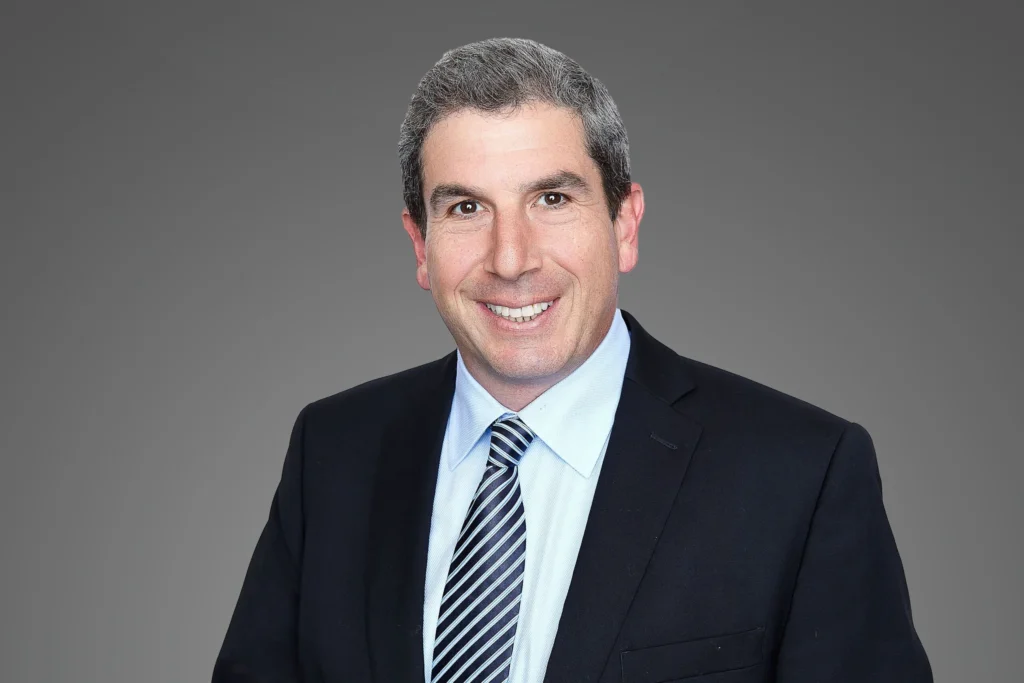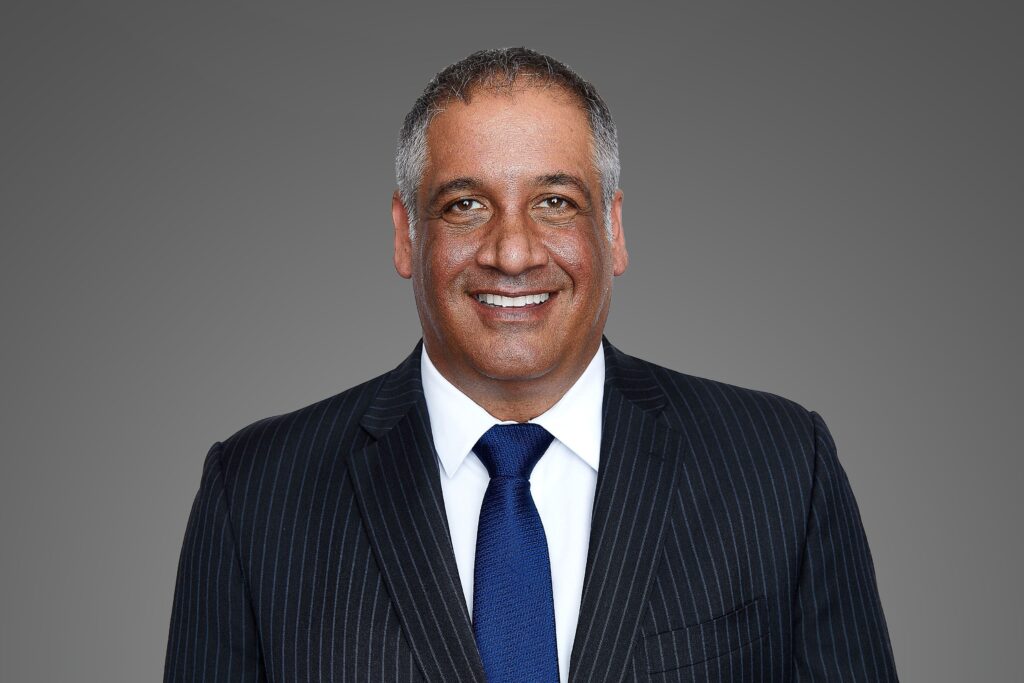Uber is one of the most popular ridesharing services worldwide. The service is available in 65 countries and more than 600 cities across the globe. As of March 2018, there were already 41.8 million Uber users in the U.S. alone.
Though Uber has been running in the U.S. since 2010, it only gained popularity across the country after a couple of years. Critics of the service are mostly concerned about a passenger’s safety while using Uber. Some believe that using an app to call a driver isn’t secure enough, while some doubt the integrity of Uber drivers’ background checks.
It doesn’t help that Uber and Lyft vehicles and drivers have been involved in some highly-publicized cases. In one 2016 incident, an Uber driver who went on a shooting rampage in Kalamazoo, Michigan reportedly picked up and dropped off passengers between shootings. In March of 2018, Uber was in the headlines once again. This time, a self-driving Uber car with a driver behind the wheel fatally hit a pedestrian.
These incidences beg the question: is Uber, or ridesharing in general, safe? Should people hail a cab instead?
Safety in Driving Requirements
To be an Uber or taxi driver, a person must pass a background check. The difference, however, is in how these background checks and other requirements are accomplished.
According to Uber’s website, they screen their drivers through a multiple-step process. Apart from getting an OK on the background check, drivers must also have at least a year of driving experience and must present their driver’s license, proof of residency, and car insurance.
Meanwhile, for taxi drivers, regulations vary. Some U.S. cities have basic taxi driving requirements, such as having a clean driving and criminal history, passing a chauffeur’s licensing exam, and completing on-the-job training. Some cities also require taxi drivers to take drug tests and be finger-printed, and, in New York, even watch a video on sex trafficking, measures that aren’t in place with Uber.
The Uber App
These are the only comparable elements of Uber and a regular taxi and they seem on fairly equal footing. But the Uber app may be the feature that makes ridesharing a marginally safer choice of transport. The app allows passengers access to information about their drivers prior to getting in the car. Plus, with Uber, riders do not need to leave safe premises or stand outside as they would have to when hailing a cab.
A 2015 Cato Institute study on the safety of ridesharing states that “the ridesharing business model offers big safety advantages as far as drivers are concerned. In particular, ridesharing’s cash-free transactions and self-identified customers substantially mitigate one of the worst risks associated with traditional taxis: the risk of violent crime.”
Stay Safe and Secure While Ridesharing
Even though ridesharing services are marginally safer than taking a cab, it’s still a good idea to observe the following safety tips while using a ridesharing service:
- Avoid spending time outside with your phone in hand while booking an Uber.
- Confirm the identity of the driver and the make of the vehicle before getting in.
- Sit in the back seat if you’re alone so you have two exit options in case of emergency.
- Use a seatbelt.
- Share the details of your ride with your family/friends.
Most importantly, if you get in an accident, make sure to get in touch with a Los Angeles Uber accident attorney from Haffner Law. We’ll help you get the compensation for your medical bills, injury, and lost pay from work in case you miss a day because of your injuries.
Contact Haffner Law today at 1-844-HAFFNER (423-3637) to schedule a consultation.
(This is an attorney advertisement by Joshua Haffner)







